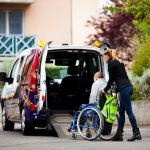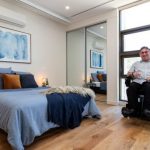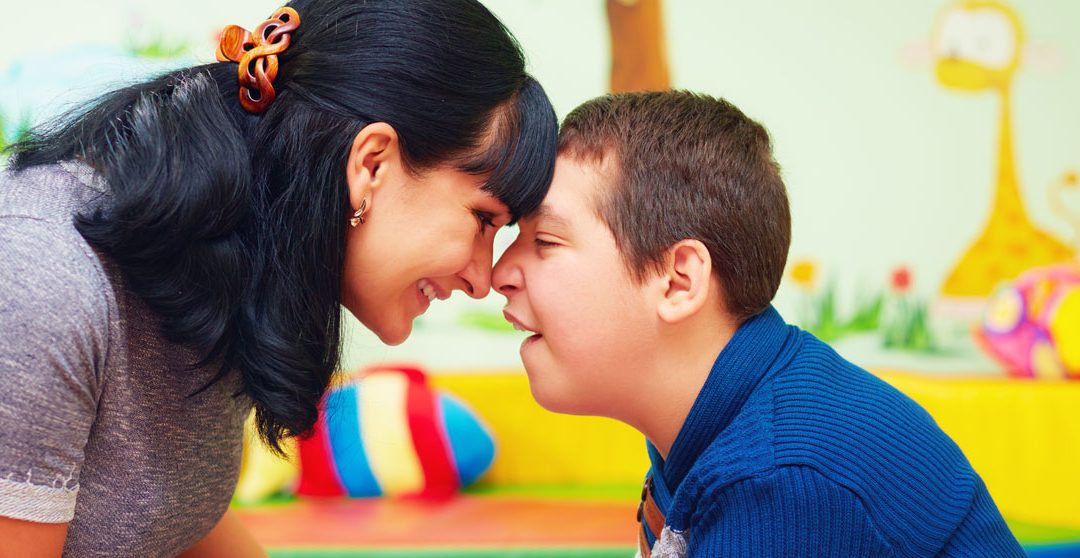Mobility Equipment
HOPE DISABILITY
Mobility Equipment Services
We provide the necessary equipment for clients to safely and independently navigate their homes. We assist with the appropriate licensing for the equipment.
As a licensed non-emergency medical equipment supplier, we are able to provide the proper documentation to our clients. This ensures that all equipment is installed according to code and standards. We can assist with the installation of any necessary equipment. For example, an elderly person may need a lift installed to enter their home safely. We can assist with the installation of any necessary equipment. For example, an elderly person may need a lift installed to enter their home safely. We can also provide ongoing maintenance for all equipment. This ensures that all equipment is maintained to the necessary standards. Maintenance can include checking and lubricating of any necessary components.
Get a Free Quote!
Mobility Equipment Benefits
NDIS equipment
NDIS vehicle modifications
Mobility assistance
Modified mobility scooter
Disability mobility aids
Equipment for disability
Noise-canceling headphones
Emergency mobility equipment service
our Support
Hope Disability Support provides support to all young people and adults with everything related to support, care, accommodation, and independent living issues. Call Hope Disability Support for all your support with the NDIS.
Clients say










